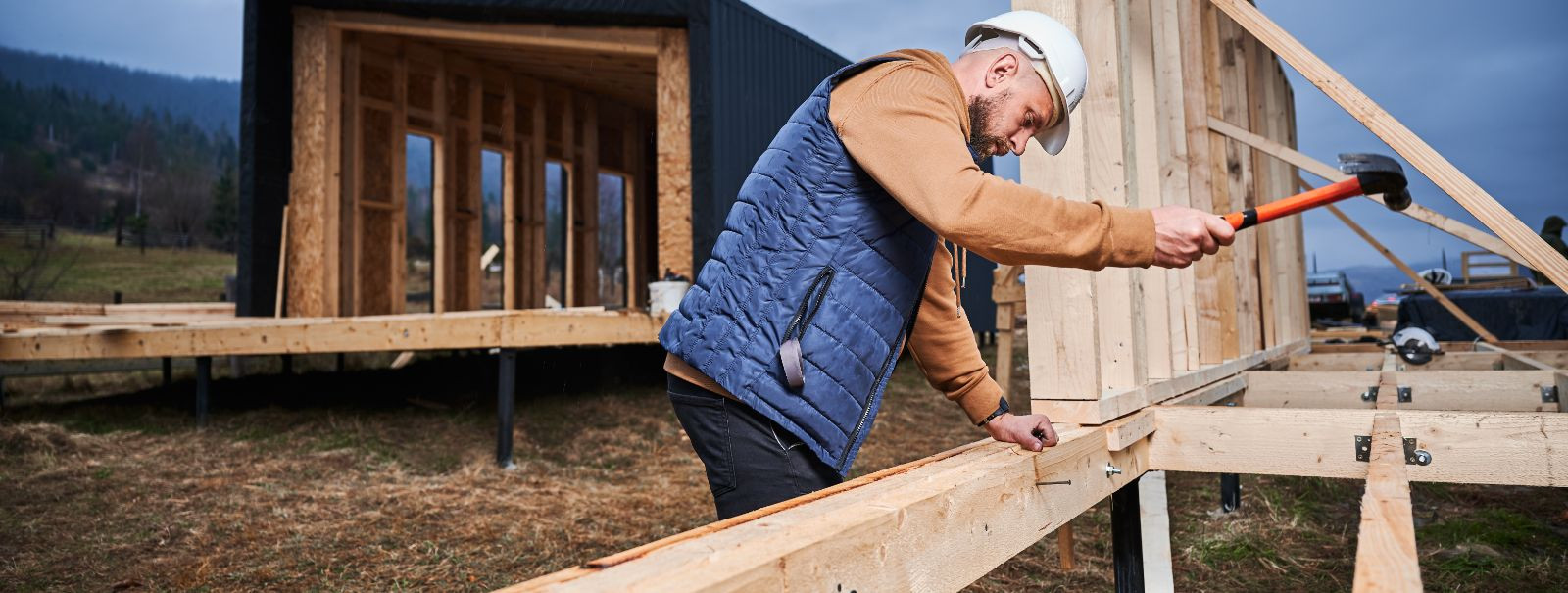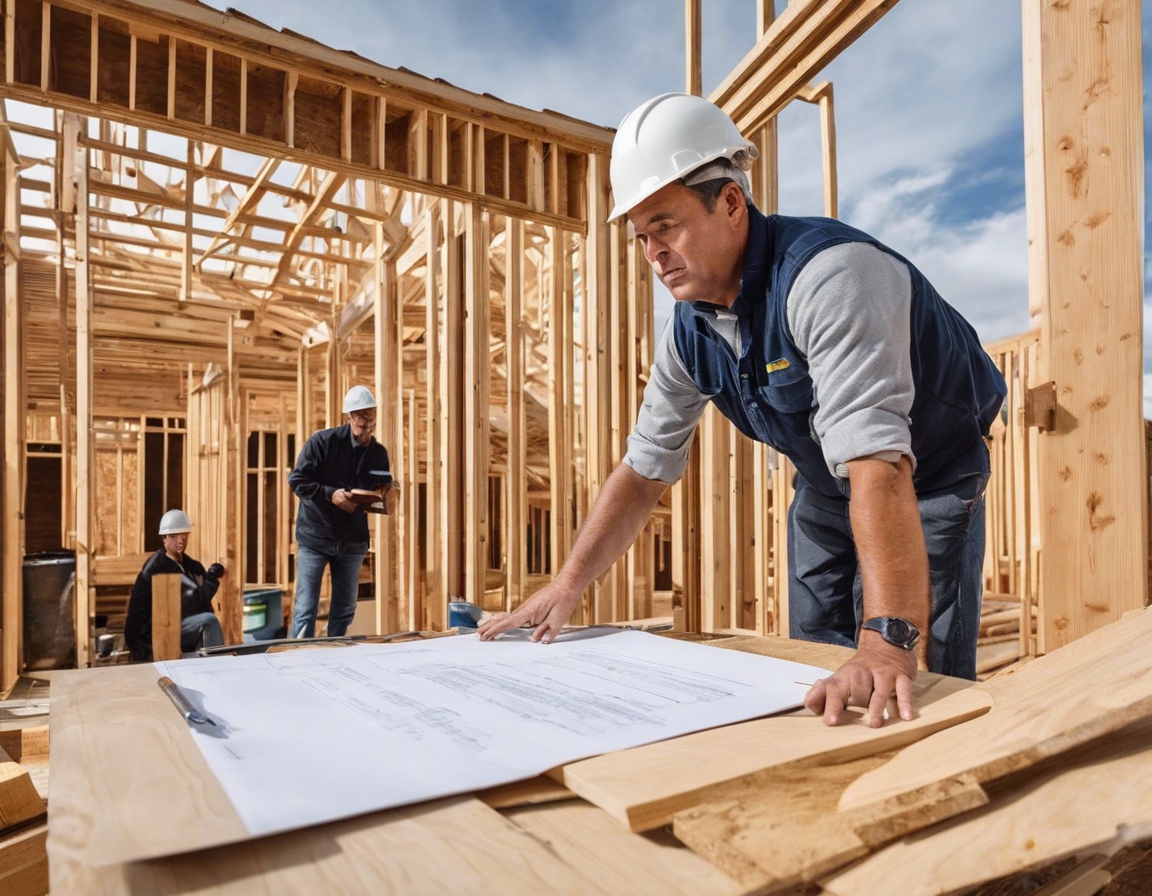How sustainable building practices can save the planet
Sustainable building, also known as green building, refers to the practice of creating structures and using processes that are environmentally responsible and resource-efficient throughout a building's life-cycle: from siting to design, construction, operation, maintenance, renovation, and deconstruction. This practice expands and complements the classical building design concerns of economy, utility, durability, and comfort.
With the construction industry being one of the largest consumers of natural resources and a significant contributor to greenhouse gas emissions, the urgency for sustainable building practices has never been greater. The sector's impact on the planet is profound, affecting natural habitats, biodiversity, and the climate. Adopting sustainable building practices is not just a trend; it is a necessity to ensure the health and longevity of our planet.
The Pillars of Sustainable Building
Energy efficiency is at the forefront of sustainable building. It involves designing buildings that require less energy for heating, cooling, lighting, and operating appliances. This can be achieved through passive design strategies, high-performance building envelopes, and efficient HVAC systems.
Resource efficiency pertains to using materials in a way that minimizes waste and maximizes reuse and recycling. It includes the use of sustainable, renewable, or recycled materials and the efficient use of water and other resources.
Water conservation in building practices involves the use of fixtures and systems that reduce water consumption. It also includes the implementation of rainwater harvesting systems and the treatment and reuse of greywater.
Improving indoor environmental quality is essential for the health and comfort of building occupants. This involves the use of non-toxic materials, adequate ventilation, and natural daylighting to create a healthy indoor environment.
Consideration of a building's site and its impact on the community is a critical aspect of sustainable building. This includes protecting and restoring the natural habitat, ensuring accessibility, and integrating with the local infrastructure in a way that supports sustainable living.
Strategies for Sustainable Building
Green design and planning are the foundation of sustainable building. This approach involves integrating sustainability goals right from the conceptual stage, ensuring that the building's design harmonizes with the environment.
Choosing the right materials is key to sustainable construction. Materials should be sustainably sourced, durable, recyclable, and have a low environmental impact throughout their lifecycle.
Effective waste reduction and management strategies are crucial in minimizing the environmental footprint of building projects. This includes planning for waste minimization, on-site sorting, and recycling of construction and demolition waste.
Integrating renewable energy sources, such as solar panels, wind turbines, and geothermal systems, can significantly reduce a building's carbon footprint and operational costs.
Implementing systems for water reuse and efficient management can greatly reduce the water demand of buildings and contribute to the conservation of this precious resource.
The Role of Technology in Sustainable Building
Building Information Modeling (BIM) technology has revolutionized the way buildings are designed, constructed, and managed. BIM facilitates the creation of more efficient and accurate building plans, which can lead to reduced waste and improved sustainability outcomes.
Smart home technologies allow for the monitoring and control of building systems, leading to increased energy efficiency and reduced environmental impact.
Energy monitoring and management systems provide real-time data on energy consumption, enabling building owners and operators to make informed decisions about energy use and conservation.
Benefits of Sustainable Building
Sustainable building practices lead to a reduction in the consumption of non-renewable resources, decrease in waste and pollution, and preservation of the natural environment.
While sustainable buildings may have higher upfront costs, they typically result in lower operating costs over the building's life due to energy and water savings. Additionally, they can have higher property values and attract tenants more easily.
Sustainable buildings contribute to the well-being of their occupants by providing healthier living environments. They also foster a sense of community and raise awareness about the importance of environmental stewardship.






Comments (0)